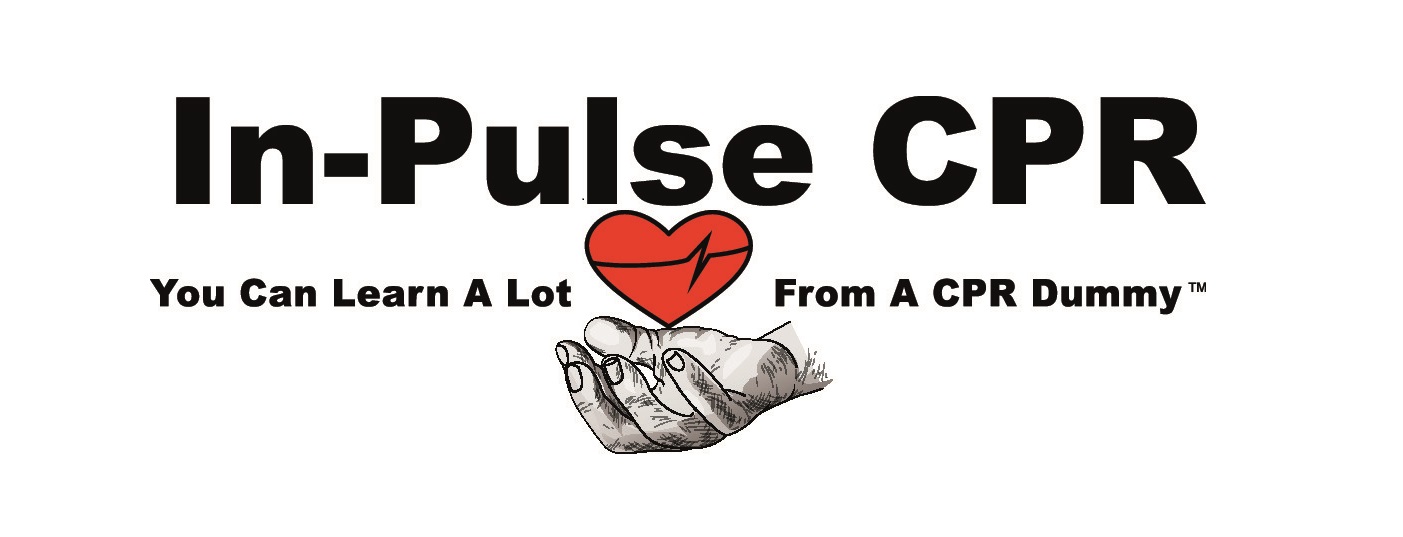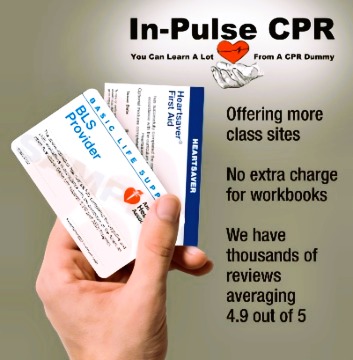KEEPING SAFE WHILE BOATING IN TAMPA
First – Check the Weather Forecast
If you enjoy boating, then safety should be first and foremost in your mind when navigating the coastal waters of Tampa, Florida. Before you set out on any boating excursion then, you want to make sure that the weather stays pleasant. Therefore, don’t leave the dock without confirming that the breeze will stay balmy and the sun will continue to shine during you boating journey.
Safety Items to Include Onboard
In addition to making sure that the weather will be cooperating when you are sailing or boating, you will need to make certain that you have the necessary safety equipment in place and on board. Necessary items include:
- A first aid kit;
- Flashlight;
- Throwable cushions;
- Coast Guard approved life jackets;
- Ladder;
- GPS;
- Boat anchor;
- Lines;
- Hook; and
- Flares
Other Precautions to Take before you Set out on your Trip
Communication equipment should include a VHF marine radio and cell phone. In addition, make sure you have a stock of extra batteries. If you are going on a day trip, take along provisions, such as food and drinking water. Also, before you make your departure, you will want to check the gasoline and fluid levels and make sure you leave an itinerary with close friends or non-boating members of your family.
Turn Around if Bad Weather Looms on the Horizon
Although you may check to ensure that the skies will stay clear, that doesn’t mean that there isn’t the possibility that the forecast will change. If you learn that a thunderstorm is headed your way, then it’s best to get back to the port immediately. Because you can receive a lightning strike from as far of distance as 20 miles, you need to turn around when storm clouds begin to loom on the horizon. Make sure everyone onboard is wearing his or her lifejacket too.
In Case of a Storm . . .
Should a storm catch you by surprise, you will need to batten down the hatches and secure the ports or, if on a sailing vessel, minimize the sails. If you and your passengers are on a small vessel, then the passengers need to go to the centerline and bottom of the boat. In addition to life jackets, everyone onboard should also wear shoes that safely grip the deck.
Tampa Residents Can Obtain Boater Safety Training Online
Safety should always be a priority when it comes to boating. The Florida Fish and Wildlife Conservation Commission offers a basic boating safety course online that meets Florida’s mandatory safety training in boater education. The course is approved by the state of Florida and recognized by the U.S. Coast Guard. You can obtain further information by visiting the Florida Fish and Wildlife website.
References:
https://www.sptimes.com/gulfandbay/boatsafety.shtml
https://www.boatingbasicsonline.com/content/fl/
As an added safety precaution, why not take an In-Pulse CPR safety course in CPR and First Aid?





COMMENT (2)
Minerva Pollard / June 23, 2013
This is meant to be an unofficial overview of the minimum requirements to operate a boat on Florida’s inland lakes. Even if you stay on the inland lakes there are additional requirements for boats with inboard engines. Also the safety requirements for canoes and kayaks differ from inboard and outboard powered boats. Go to Florida Fish and Wildlife Conservation Commission to review the safety requirements, regulations and laws pertaining to your specific craft. Once you’ve checked to see that you have all the necessary equipment to meet Florida boating safety rules and regulations, you can then relax knowing that you comply when the game warden comes by. The Fish and Game Wardens are good guys only checking to make sure your boat meets the minimum safety requirements, you have a current license and are not exceeding the creel limits. If you know your boat is legal, then you can concentrate on finding and catching big Florida bass and not looking over your shoulder for a game warden.
Hubert Spencer / July 28, 2013
NASBLA is a national nonprofit organization that works to develop public policy for recreational boating safety. NASBLA represents the recreational boating authorities of all 50 states and the U.S. territories.